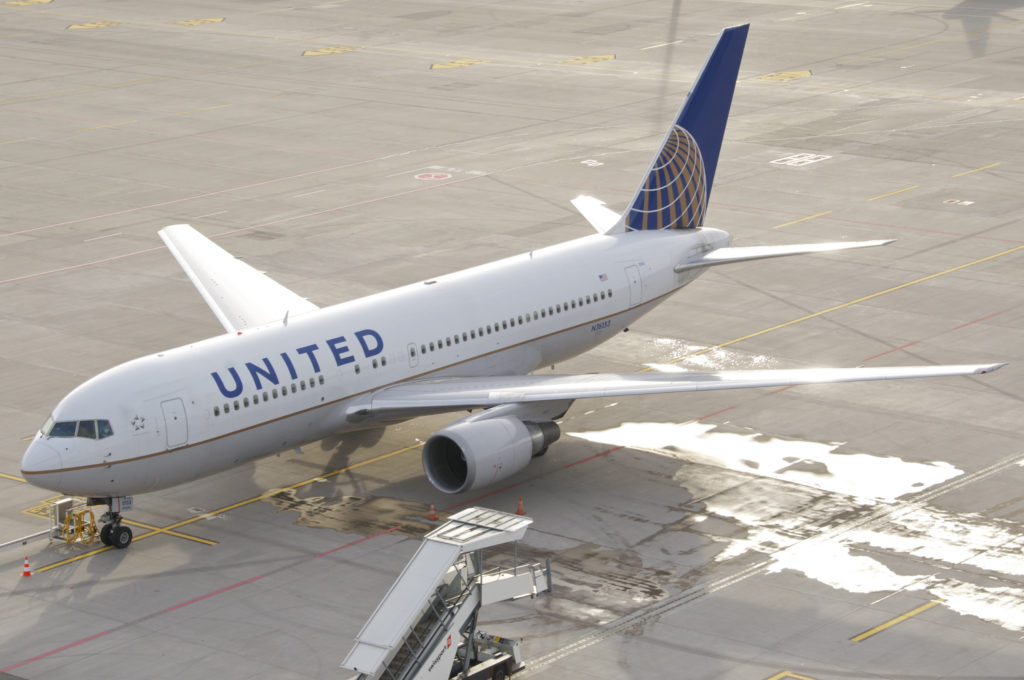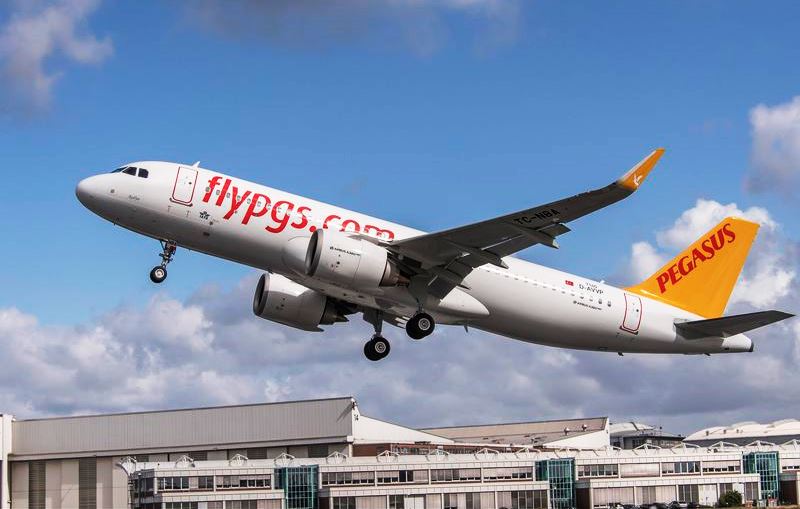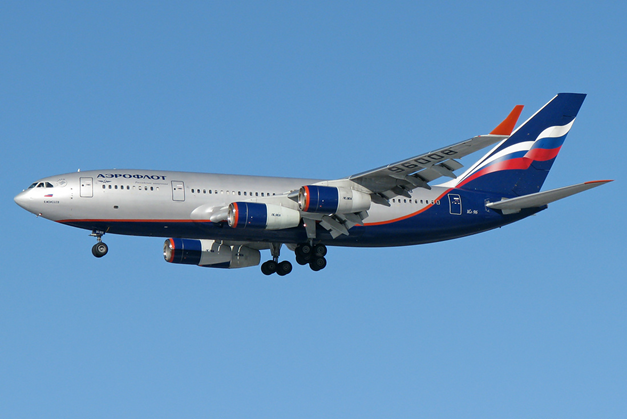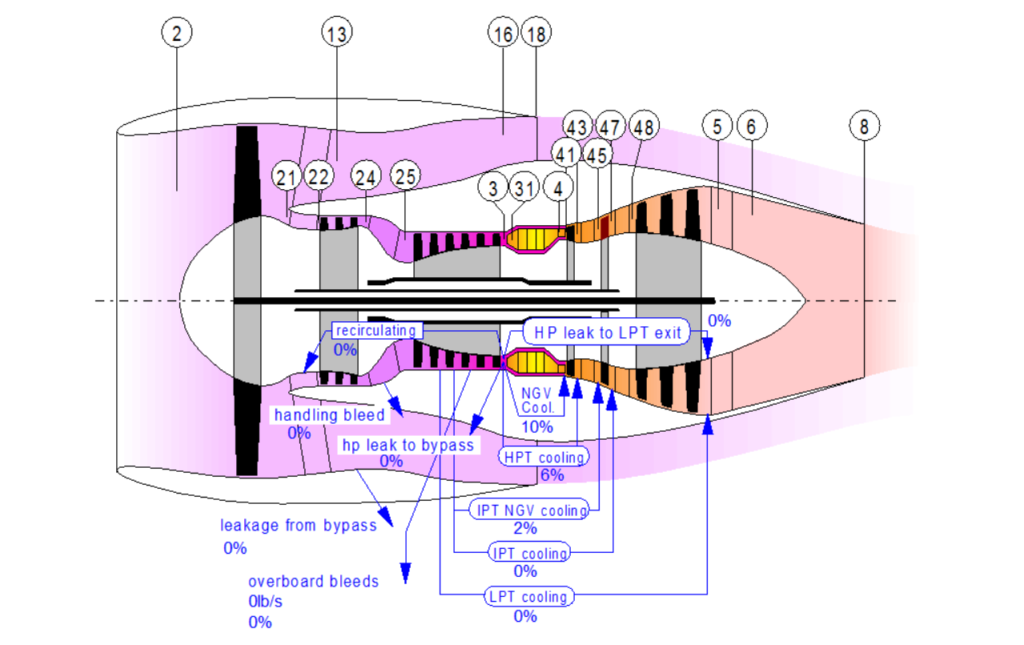Leeham News and Analysis
There's more to real news than a news release.
Could an NMA be made good enough? Part 6
By Bjorn Fehrm
Subscription Required
Introduction
April 27, 2017, © Leeham Co.: We have in several articles gone through the sizing of an NMA (New Midrange Aircraft). We looked at the fuselage, cabin, wings and engines. Now we will sum the exercises and look at the performance of the resulting aircraft.
Boeing is seriously considering launching an NMA. The key to the launch decision will be the airplane’s economics: for development and production as well as operation.
The idea is the NMA shall have “twin aisle comfort with single aisle economics.” We will now use or performance model to analyze if the final aircraft has these characteristics.
Summary:
- An NMA designed to the principles in our articles will have a seven abreast dual aisle cabin. The cabin will increase passenger comfort in the 200 to 260 seat range and speed ground operations.
- Careful design of the fuselage, paired with a modern wing and engines, would produce an NMA with “dual aisle comfort and single aisle economics.”
Could an NMA be made good enough? Part 5
By Bjorn Fehrm
Subscription Required
Introduction
April 20, 2017, © Leeham Co.: After defining the fuselage and wings, it’s now time for the engines. We go through the sizing criteria for engines for airliners and find the size of engine that is needed for the NMA.
The NMA will need engines which are larger than the single aisle engines for Airbus’ A320neo and Boeing’s 737 MAX. But they will be smaller than the next size up for modern engines, the GEnx-2B for Boeing’s 747-8.

Figure 1. The NMA takes more and more the shape of a 767 replacement (A United 767-200). Source: United
This means the NMA will need new engines, at least 50% larger than the present engines designed for A320neo and 737 MAX.
Summary:
- An NMA engine will be sized by V2 safety speed or Maximum Continuous Thrust (MCT) criteria.
- The normal Top of Climb (ToC) sizing point will be less stressing for a twin engine airliner like NMA.
Aeroflot, the route to a modern airline, Part 2
By Bjorn Fehrm
April 19, 2017, ©. Leeham Co: In our second article about Aeroflot, the Soviet Union flag carrier that transformed to a modern airline, we will cover the period from the fall of the Soviet Union until 2010.
This was the difficult period for all participants. The old structures no longer existed and were replaced with… nothing, followed by uncertainty and a long struggle to get back to normal.
Asian airline shift portends big ramifications
Subscription Required
Introduction
April 17, 2017, © Leeham Co.: A shift is underway among Asian airlines that could have ramifications for the airframe and engine manufacturers and, by extension, their suppliers.
It doesn’t appear, however, that aerospace analysts in the US and Europe realize this shift. At least none has written about it that we’ve seen among the research notes we receive.
Summary
- The creation of the Value Alliance of Low Cost Carriers brings together eight LCCs under one alliance.
- AirAsia faces a competitive threat.
- Full service carriers also face a threat, particularly those in Japan, concludes one aerospace analyst team in the region.
- Airbus, Boeing have a backlog of more than 1,000 airplanes with the VALCC group and hundreds more with other airlines.
Read more
Pontifications: Lessor cites cool reception to MAX 10
April 17, 2017, © Leeham Co.: Buckingham Research Group last week issued back-to-back notes about Boeing. One was a recap of an investors call with Steve Rimmer, CEO of Altavair Airfinance (nee Guggenheim Aviation partners). The other was BRG’s earnings preview, the first off the mark for Boeing’s earnings call on April 26.
I’ll include a summary of BRG’s earnings preview in a subsequent post when other analysts issue their previews.
BRG’s Rimmer note is lengthy and covers industry issues beyond Boeing. Here are a couple of the Boeing-focused points:
Bjorn’s Corner: Aircraft engines, sum up
April 14, 2017, ©. Leeham Co: We’ve been talking engines on Fridays since October 2016. The Corners covered several areas, from technologies to operations.
And we could go on and dig deeper. But we will move on.
Before we go, we sum up what we have learned in the 24 Corners around airliner Turbofans.
Bjorn’s Corner: Aircraft engine maintenance, Part 6
April 7, 2017, ©. Leeham Co: Last week’s Corner developed the overhaul shop visits per year for wide-body engines. We will now look at how the market develops around these overhaul opportunities.
How does the shop structure develop over a popular engine’s life-cycle? How much choice has an operator and when?
Pegasus Airlines, bridging Europe and Asia
By Bjorn Fehrm
April 05, 2017, ©. Leeham Co: Turkey’s Pegasus Airlines has its operations center south of Hungary’s Wizz Air that we wrote about last week. With a hub in Istanbul, the Turkish LCC connects Europe and West Asia/Middle East.
 Pegasus is a fraction larger than Wizz Air and had the same dynamic development until last year, when the internal unrest in Turkey threw a spanner in the airline’s growth. Read more
Pegasus is a fraction larger than Wizz Air and had the same dynamic development until last year, when the internal unrest in Turkey threw a spanner in the airline’s growth. Read more
Could an NMA be made good enough, Part 2?
By Bjorn Fehrm
Subscription Required
Introduction
April 3, 2017, © Leeham Co.: In the first part of our investigation on how good an NMA can be, we explored low weight and drag fuselage design. We will now continue with the design consequences for the fuselage construction and the cabin.
What drives whether one goes for an Aluminum or CFRP (Carbon Fiber Reinforced Polymer) fuselage?

Figure 1. The NMA takes more and more the shape of a 767 replacement (A United 767-200 pictured). Source: United.
What will be the typical dimensions for an NMA fuselage and what will be passenger capacities?
Summary:
- An elliptical fuselage will force a CFRP design.
- The fuselage door configuration will be critical for cabin capacity and flexibility.
Bjorn’s Corner: Aircraft engine maintenance, Part 5
March 31, 2017, ©. Leeham Co: In the last Corner, we showed flight hour graphs for wide-body engines. Now we will deduce the market for engine overhauls from these graphs.
It will show which engines are still in engine manufacturer care, in their main maintenance cycle and in the sun-set phase.
The phase the engine is in and its future flight hour development will decide the attractiveness of the engine for overhaul organizations. Read more





